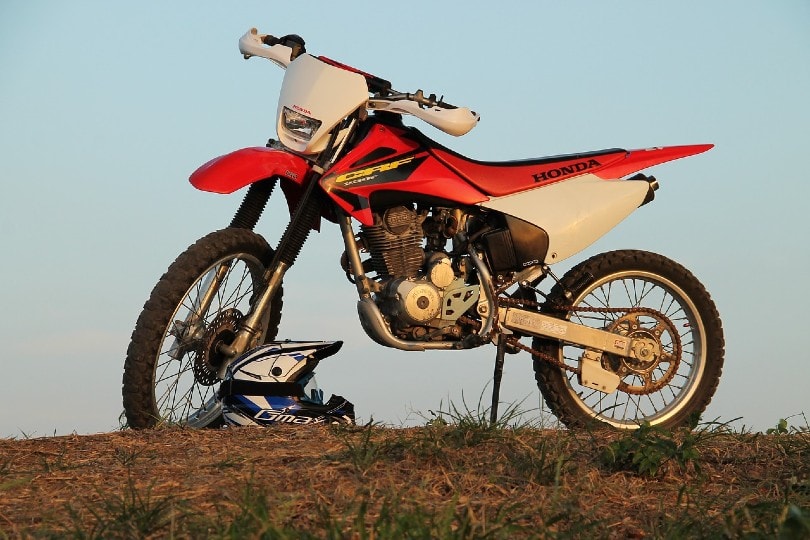How to Shift Motorcycle Gears — 7 Expert Tips and Tricks
-
Ed Malaker
- Last updated:
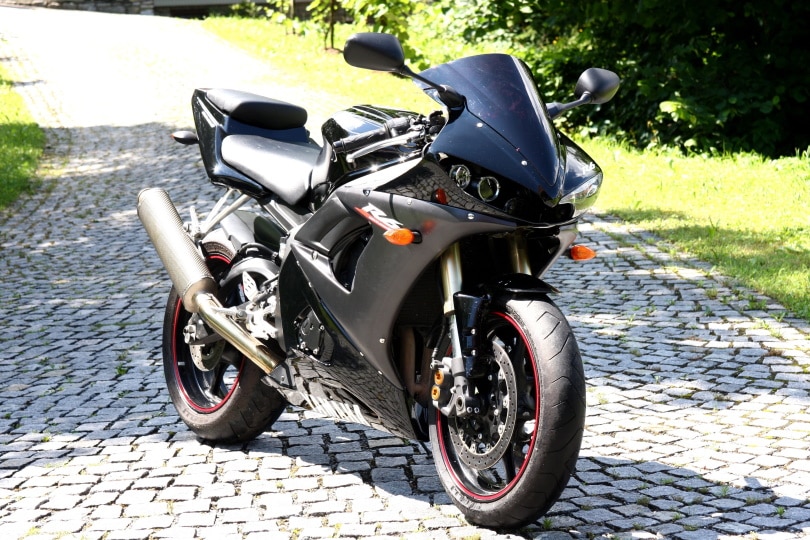
If you are thinking about learning how to ride a motorcycle, it can be helpful to first learn all you can about them to see if they’re right for you. One of the biggest concerns for most people is if they will be able to shift the bike. Keep reading as we provide you with a step-by-step guide to shifting motorcycle gears.
The 7 Tips to Help You Shift Motorcycle Gears
1. Become Familiar With the Parts
Throttle
The throttle is located on the handlebars. It’s part of the right handgrip, and you increase the throttle speed by turning the grip toward you. Rotate the throttle toward the front of the bike to decrease it.
Clutch
You will find the clutch on the opposite side of the handlebar. It resembles the brake on a 10-speed or mountain bike. You squeeze it to disengage the clutch and slowly release it to provide torque to the transmission to move the bike.
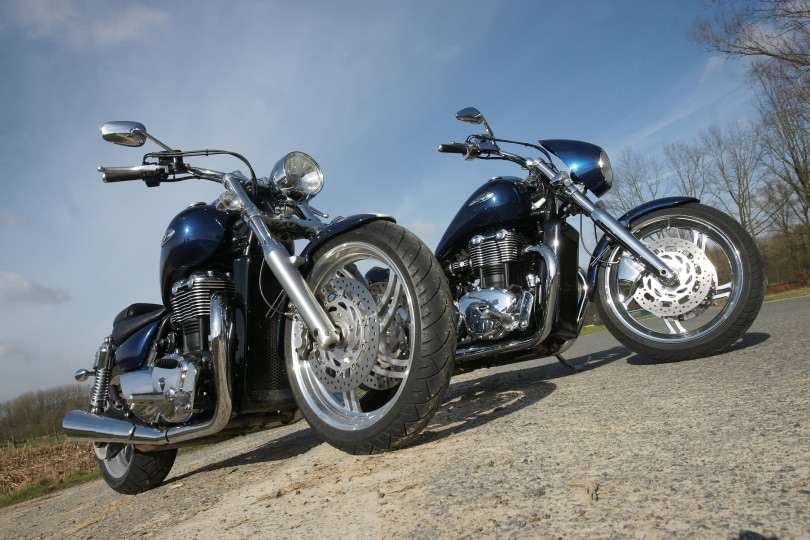
Gear Shifter
The gear shifter is on the bike’s left side, down on the pedal. It is a lever that you operate with your left foot. Pulling the lever up will increase the gear, while pressing it down decreases it.
Gear Pattern
If the bike is in neutral, pressing down one time will put you into first gear. After that, you will usually lift it to reach gears two, three, four, five, and even six.
2. Start the Motorcycle
Once you have a good idea of where all the components are and how to use them, it will be time to start your motorcycle. Most modern roadworthy bikes have an electric push-button starter, but many dirt bikes have a kickstart. Either way, you will make sure the bike is in neutral, indicated by the “N” light on the console, and squeeze the clutch in before pressing the button or the lever to start it.
3. Shift Into First Gear
With the bike idling in neutral, it will be time to shift into first gear. Press down on the gear shifter to put it into first gear, and start rotating the throttle toward you to increase the engine’s revolutions while slowly releasing the clutch. The motorcycle will start to move and begin to increase speed. If you release the clutch too quickly, the bike will jump forward and might even get into a wheelie position, so you need to be careful, and it can take quite a few tries to learn how to do it smoothly.
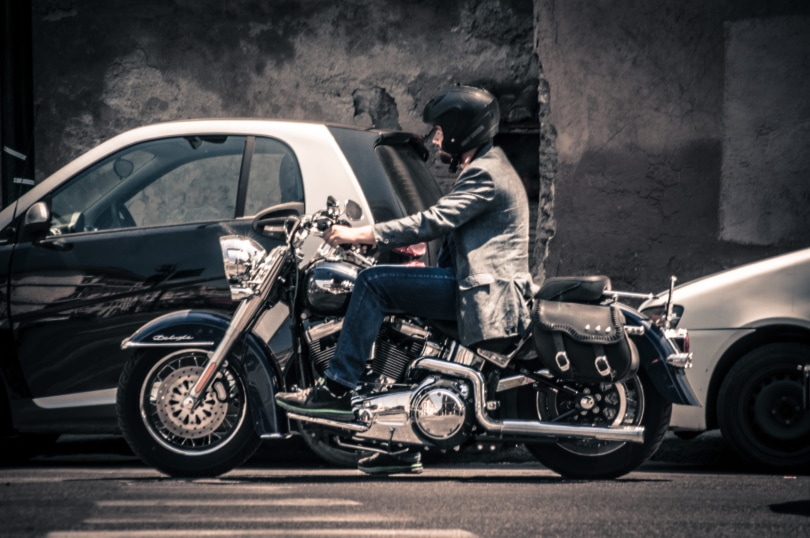
4. Shift Into Second Gear
Once the bike is moving at a sufficient speed to warrant moving to the next gear, usually about 10 miles per hour, you will roll back the throttle to its starting position as you squeeze. With the throttle squeezed, use your foot to lift the lever to move the bike into second gear. Then just like you did the first time, you will start to turn the throttle toward you as you slowly release the clutch to deliver power to your transmission.
5. Third Gear and Beyond
To shift to third gear and beyond, you will do the same thing that you did to get to first and second gear. When the bike reaches the appropriate speed, you will roll back the throttle and squeeze it to disengage the transmission, using your foot to lift the lever and shift gears.
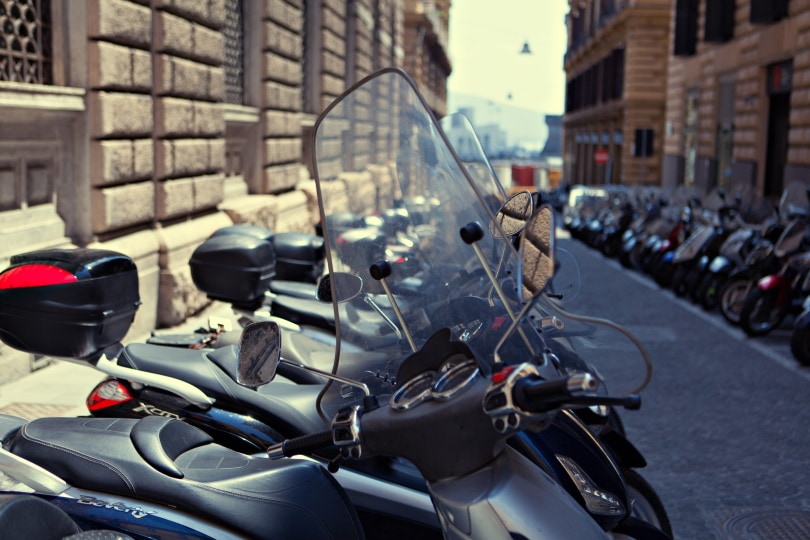
6. Downshifting
Downshifting your bike is the same as upshifting it, and the only difference is when coming to a complete stop. If you are downshifting to stop, you will leave the throttled rolled off and the clutched squeezed while you press the gear shifter multiple times until it’s in neutral.
7. Shifting Into Neutral
To put your motorcycle in neutral from a higher gear, squeeze the clutch to disengage it from the transmission, and press the gear shifter until the console reads that it’s at the first gear. Lifting the gear halfway will place the bike in neutral.
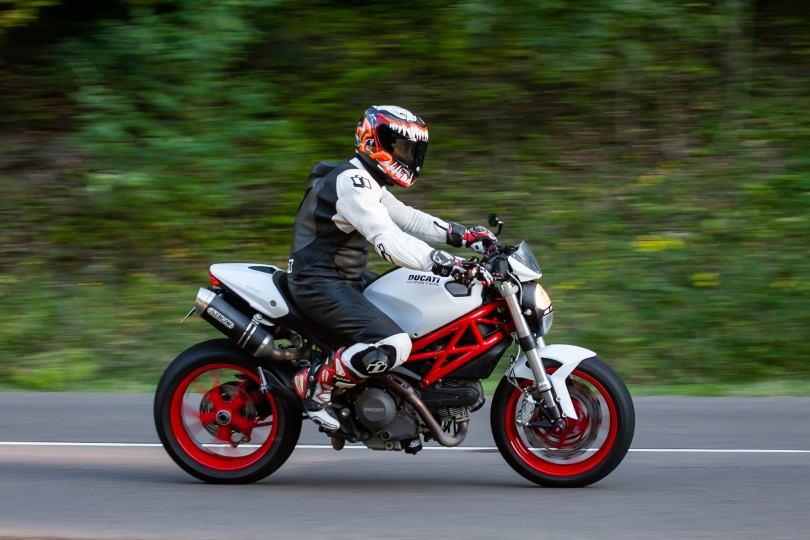
Will I Cause Problems If I Release the Clutch Too Quickly?
The most common problem people have when they release the clutch too quickly is that the bike will suddenly jump ahead, and it can stall out. If you turn the throttle too quickly while releasing the clutch, it could cause the bike to do a wheelie.
Will I Damage My Motor If I Shift Gears Quickly?
Improper shifting can wear the clutch down faster than normal, leading to expensive repairs, but it shouldn’t harm your engine. If you shift too quickly at low RPMs, it could cause the bike to stall out.
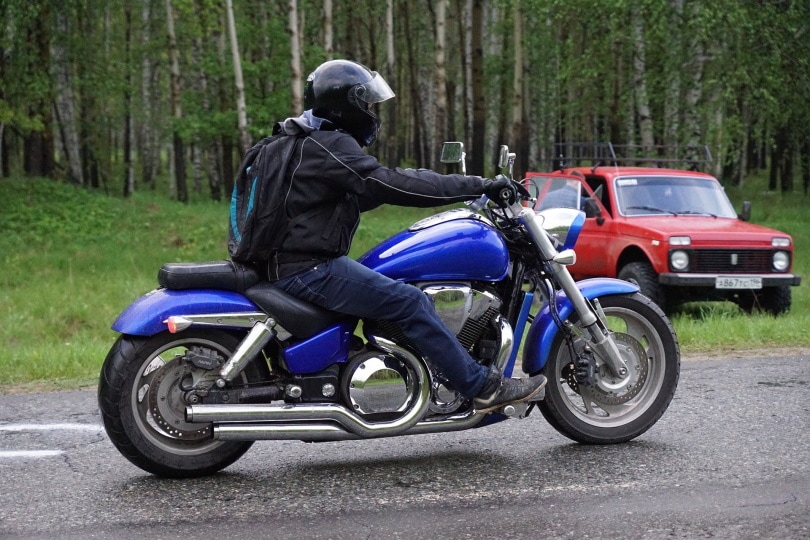
How Do I Know When to Shift to the Next Gear?
Riders will listen to their engine to know when the best time to shift is. Most riders will usually switch to second gear around 10 mph and to third around 20 miles per hour. After that, you will keep switching gears to a higher one as the RPMs get higher. You will shift to a lower gear when you need to slow down. As you ride more, you will learn what gear the bike should be in when speeding up and slowing down.
Related Read: How Many MPG Does a Motorcycle Get?
Should the Motorcycle Be in Neutral When I Start It?
Most riders like to make sure the motorcycle is in neutral when they start it. However, as long as you have the clutch squeezed, you can start it in any gear, as long as you put it in first before driving off, or else the bike might stall.
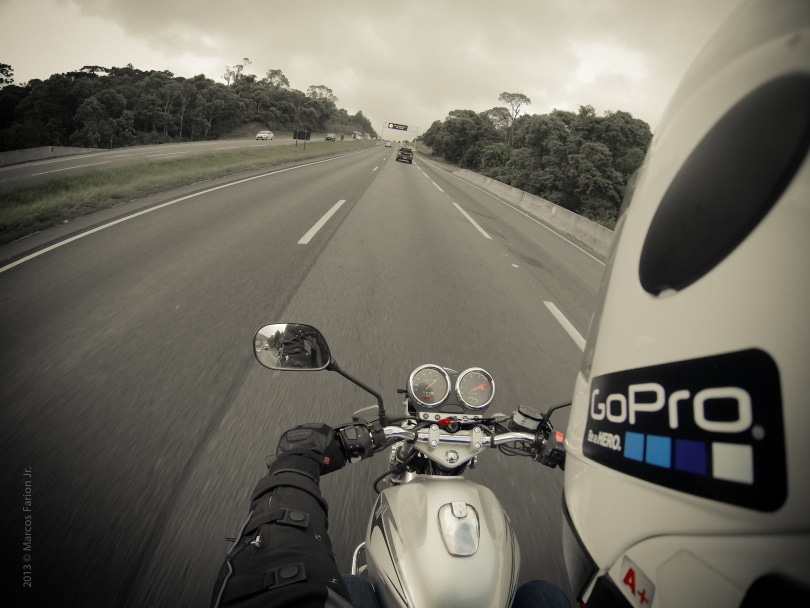
How Many Gears Does a Motorcycle Have?
The number of gears in a motorcycle varies. Many older bikes and dirt bikes have four, while newer models and many street bikes can have five or even six.
Conclusion
Shifting motorcycle gears is not hard once you learn where all the components are, but it does take a great deal of focus and concentration. It can take several attempts to learn how the throttle and clutch work together to increase speed smoothly, and you might have a few mishaps, like a stalled or jumping bike, but if you stick with it, you will be riding in no time. Just remember that squeezing the clutch disengages the engine so you can regain control.
Featured Image Credit: Piqsels
Contents

